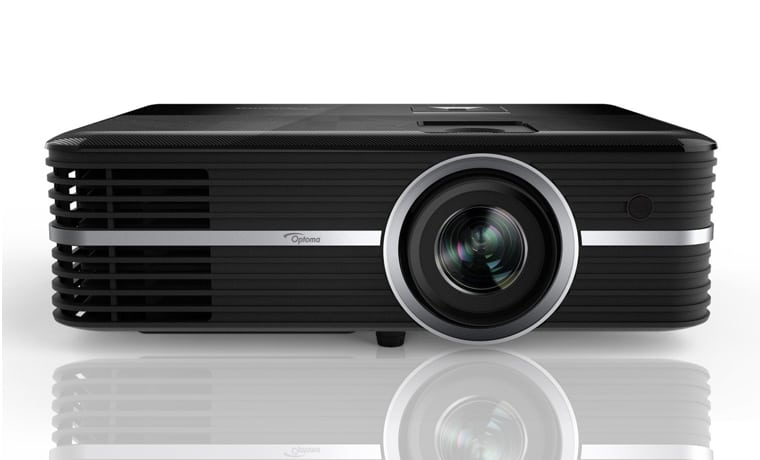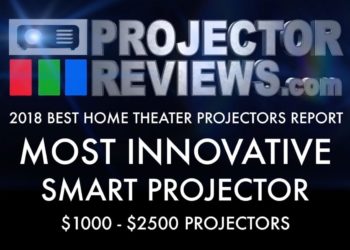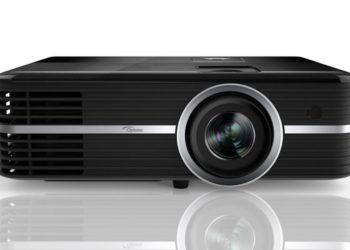Optoma’s UHD51A is the smartest of the 4K UHD projectors, in this $1000 - $2500 projector class, but it’s not the smartest projector. That would probably go to the LG PF1000U, but that is a very different beast, no 4K, and an ultra short throw design. I only mention that because the $1,699 UHD51A starts out as a 4K UHD DLP projector using the lower resolution (1920x1080 x4) pixel shifting design. What it adds is support from Alexa and also Google Assistant.
Now, if you are thinking that those items will provide similar smarts to, say, a very nicely smart LED TV or LCD TV, you would be saddened by reality. So far, the Optoma can be turned on and off, sources changed and several other things, but unlike smart TVs, there are no built-in apps for doing things like streaming Netflix, Amazon Prime, etc. The good news is that we should see some of those more typical smart capabilities as the Optoma App evolves.
For the moment, though, the projector is still smarter than any others in this class but the already mentioned LG.










